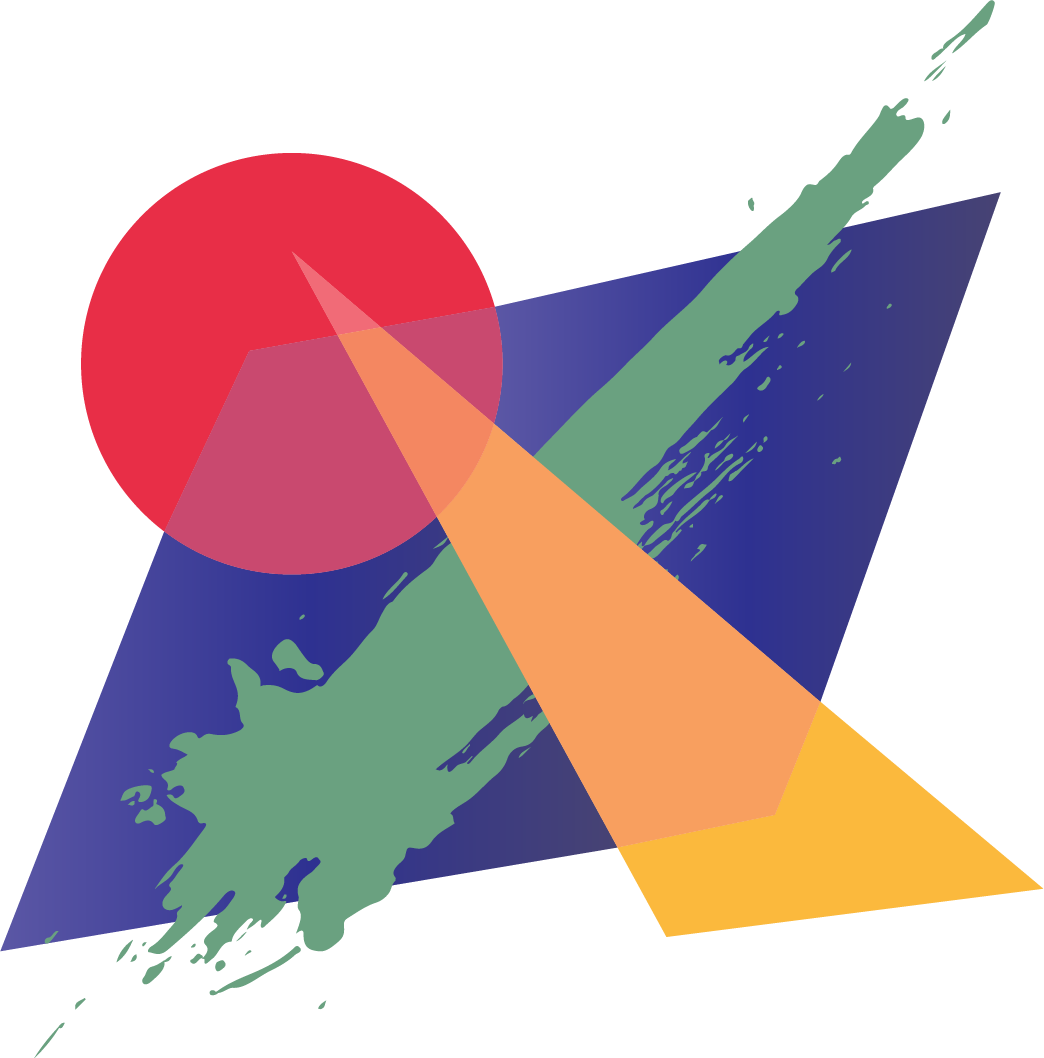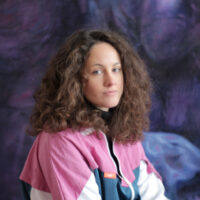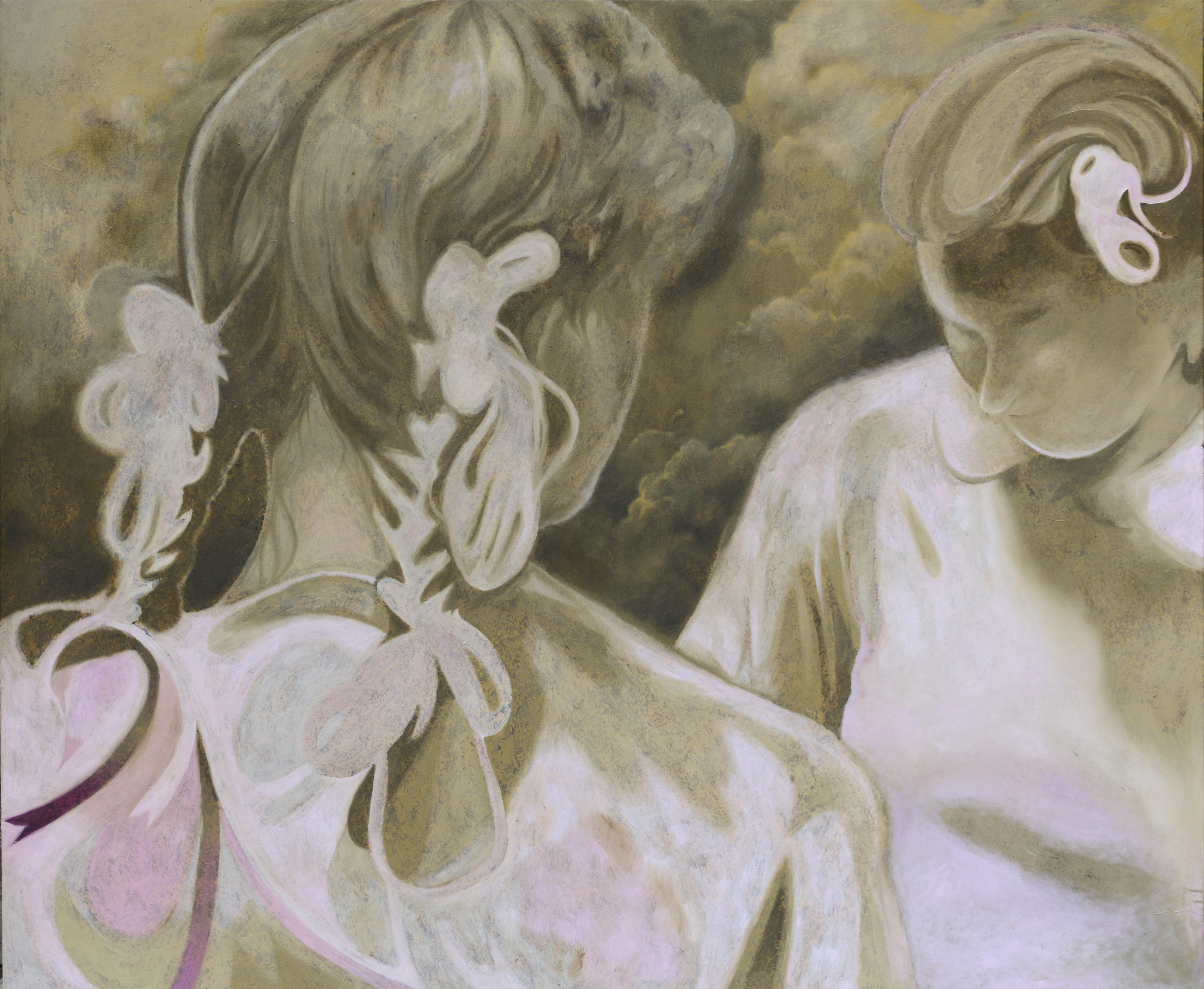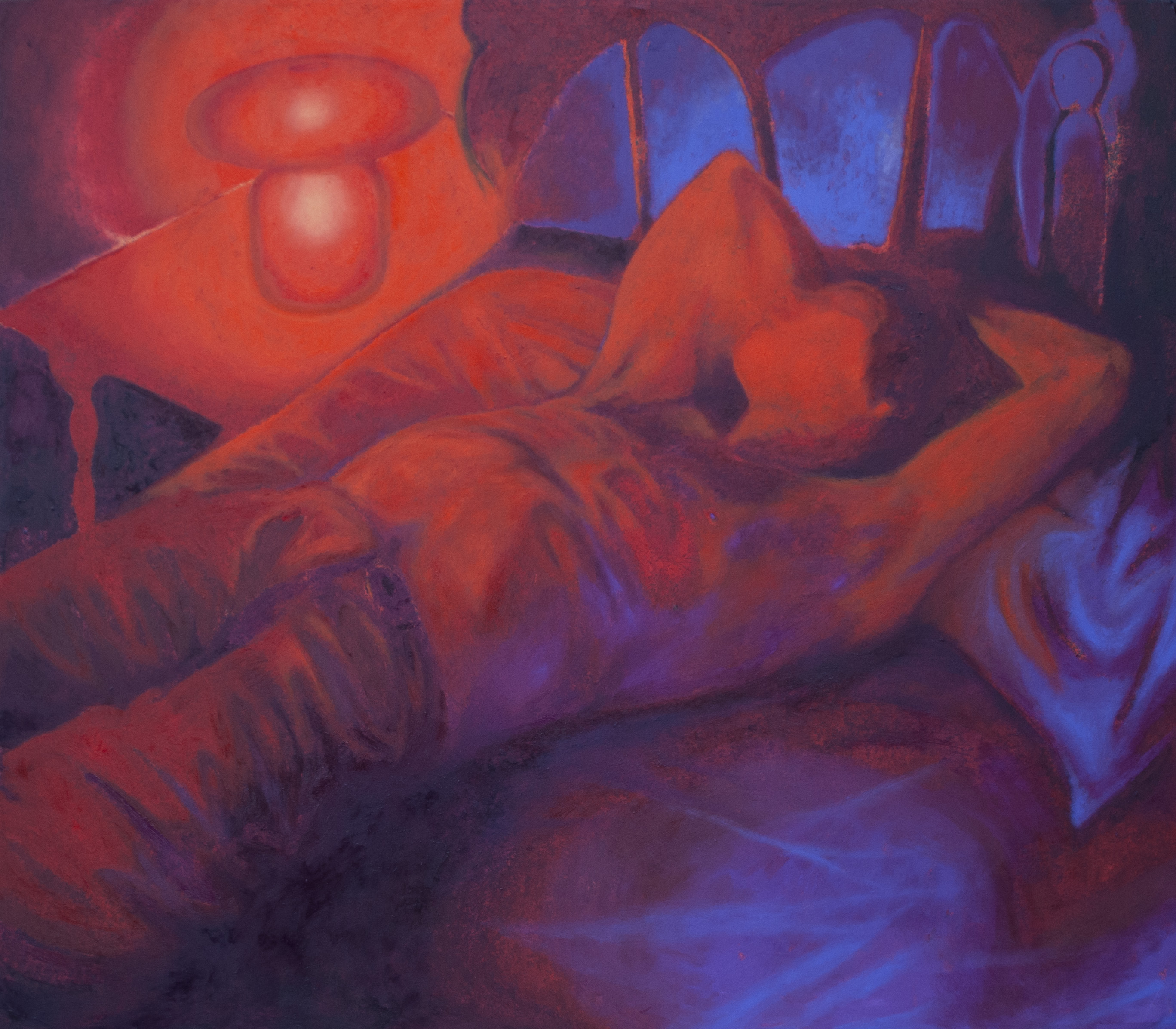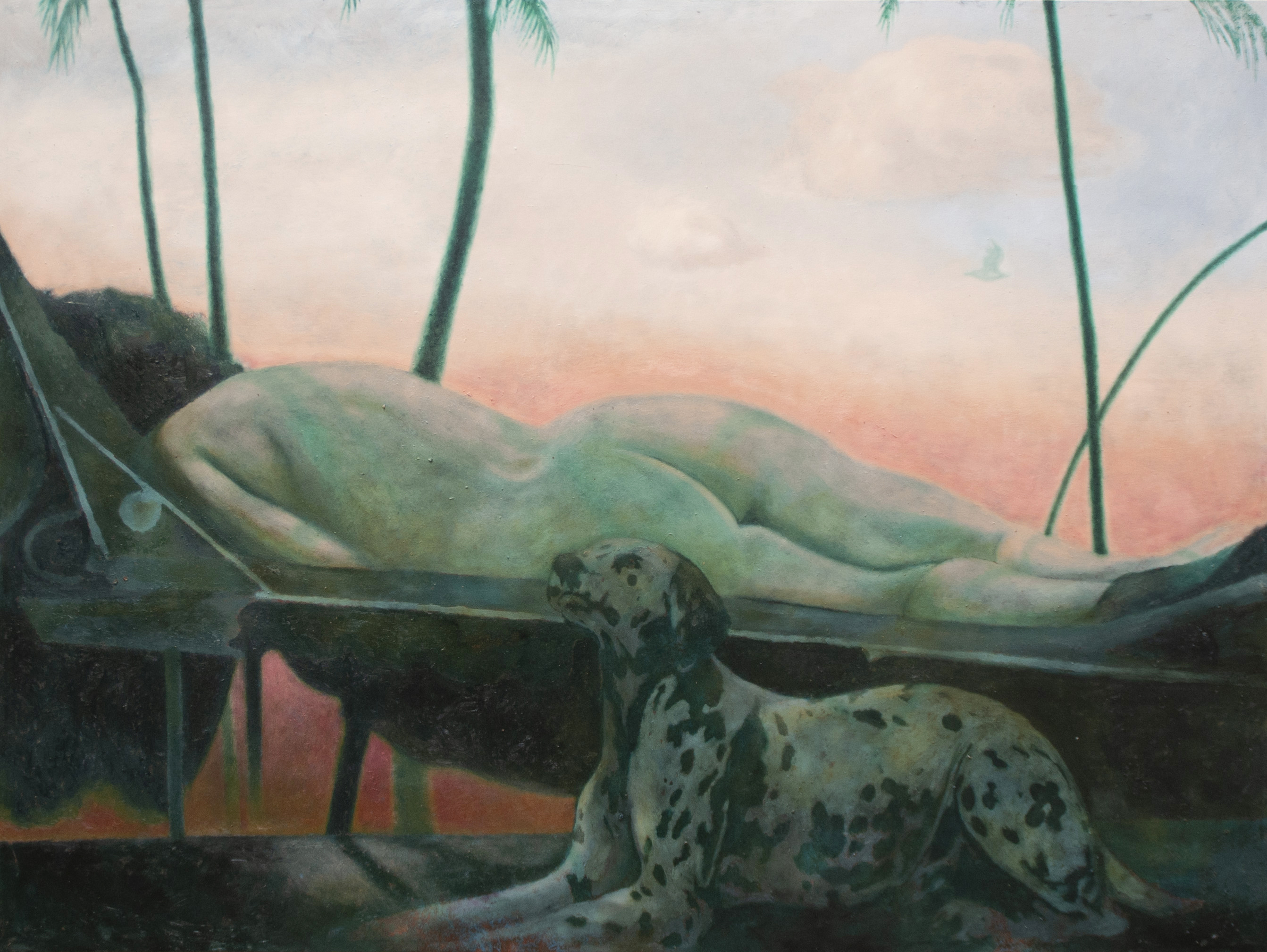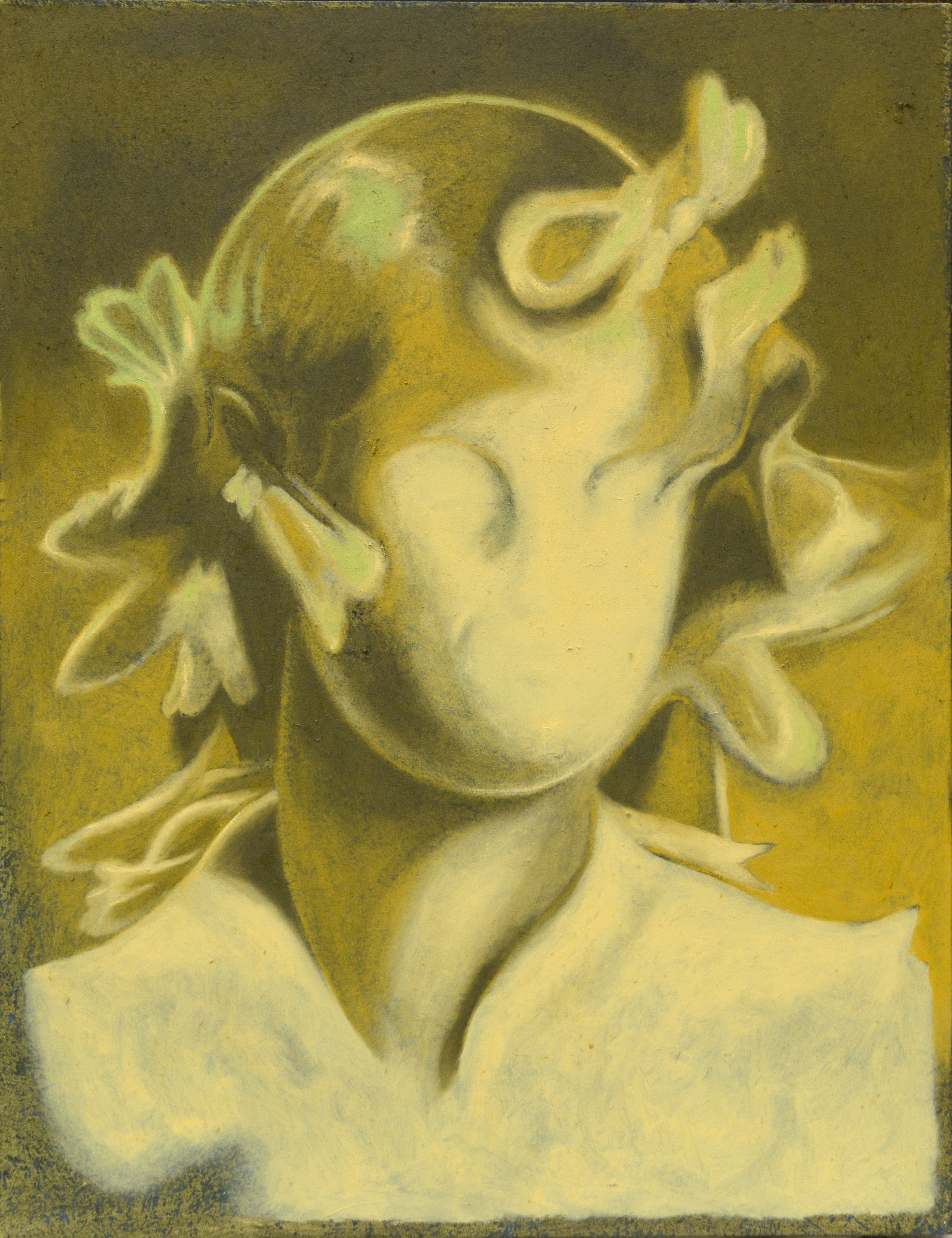How and why did you start your artistic career?
At some point in my life, I realized that I was on the wrong path and needed to make some changes. This realization led me to discover painting. I began my first painting during my second year of college, but I couldn’t finish it. Later, I discovered a painter’s studio and visited it to see his work. The painter was kind enough to show me his studio and advise me on how to finish my painting. I finished it in a couple of days, signed it, and wrote “No.1” on the back, as suggested by the painter. I started visiting his studio every day, painting my paintings, while he painted his. In the evening, we used to smoke and drink wine together. I decided to drop out of college and joined the Academy to pursue my passion for painting. When I went to say goodbye to my painter friend, it was a little sad, but I left with the determination to continue painting. That was the beginning of my career.
How did you discover your medium and why did you choose it?
Since childhood, drawing has always been my go-to medium to express myself. I used to draw all the time and as I grew up, I started keeping notebooks which have always been very intimate and precious to me. Drawing is my ally, a tool which I can always return to clarify my ideas and a common thread in my life. Painting came later, with all its complexities regarding color, the use of brushes, and the size of the works. It could no longer be locked inside a notebook. Painting was a natural and inevitable evolution for me, the understanding of which will probably last for the rest of my life. If a drawing can complete itself within a sheet of paper, it is different for a painting, at least for me. A painting is full of planes-spatial and temporal-that move, that continually open to new possibilities. The potential forces of color and matter, in all their own modes of use, are infinite. A painting is a window that can look out onto anything and the limitless possibilities it holds are electrifying. So I have never really made a real choice between drawing and painting. Both are what I am most adherent to, what I cannot do without.
Can you talk about your creative process? How does your work come about? How long does it take? When do you know it is finished?
I begin my artistic process with photographs. I cut them out of books, magazines, encyclopedias, or search for them online and print them out. I then place them next to each other to create interesting combinations. Most of the photos I use are of human bodies or animals, but I also incorporate objects and natural landscapes. Once I have created a dialogue between the photos, I draw the composition, usually in oil on paper. If I am satisfied with the drawing, I bring it to life with paint. The drawing serves as a guide, which I use to add the muscles, arteries, skin, clothes, and final form of the painting. The finished product is only revealed once the painting is complete. My method involves extensive research and discovery, and it is fascinating to see how the painting evolves and takes its final shape.
In terms of timing, I work very quickly during the initial stages of setting up and constructing a painting. I fully immerse myself in the work and can paint for hours without taking a break. Usually, within two to three days, I can bring a painting almost to completion. However, if I have the opportunity, I like to let it rest for a little while and start working on something new. For example, currently, I am doing a residency where I have a large space to work in, which allows me to work on multiple paintings at once. This enables me to establish a dialogue between different works, which can suggest potential solutions to certain pictorial problems. I also like to allow for a considerable amount of time, sometimes even a long time, to pass between the initial fast and instinctive work and a slower and more reflective conclusion.
Sometimes I know that a painting is complete because it has reached a threshold, a ripple of the surface. At this point, I can no longer add or take away from it. I feel that the painting has its own physicality, its own weight, and it becomes autonomous. Other times, it’s difficult to determine if a painting is finished or not. In such cases, I might need to upset it, radically change it with an intense and decisive action or redo it entirely. If I feel that a painting isn’t complete, I either paint something entirely new over it or start from scratch.
Who are your favorite artists? Which ones are you inspired by?
During this period, there are several contemporary artists whom I admire the most. These include Ambera Wellmann, Guglielmo Castelli, Paola Angelini, Victor Man, Coleen Barry, Katherina Olschbaur, Alessandro Fogo, and Andrei Pokrovskii. However, I also enjoy looking at the works of many other artists who may not be close to my own style. Some of these artists include Dana Schutz, Cecily Brown, Joan Mitchell, and Henry Taylor, as well as Sofonisba Anguissola, Hilma af Klint, Leonor Fini, and many others.

